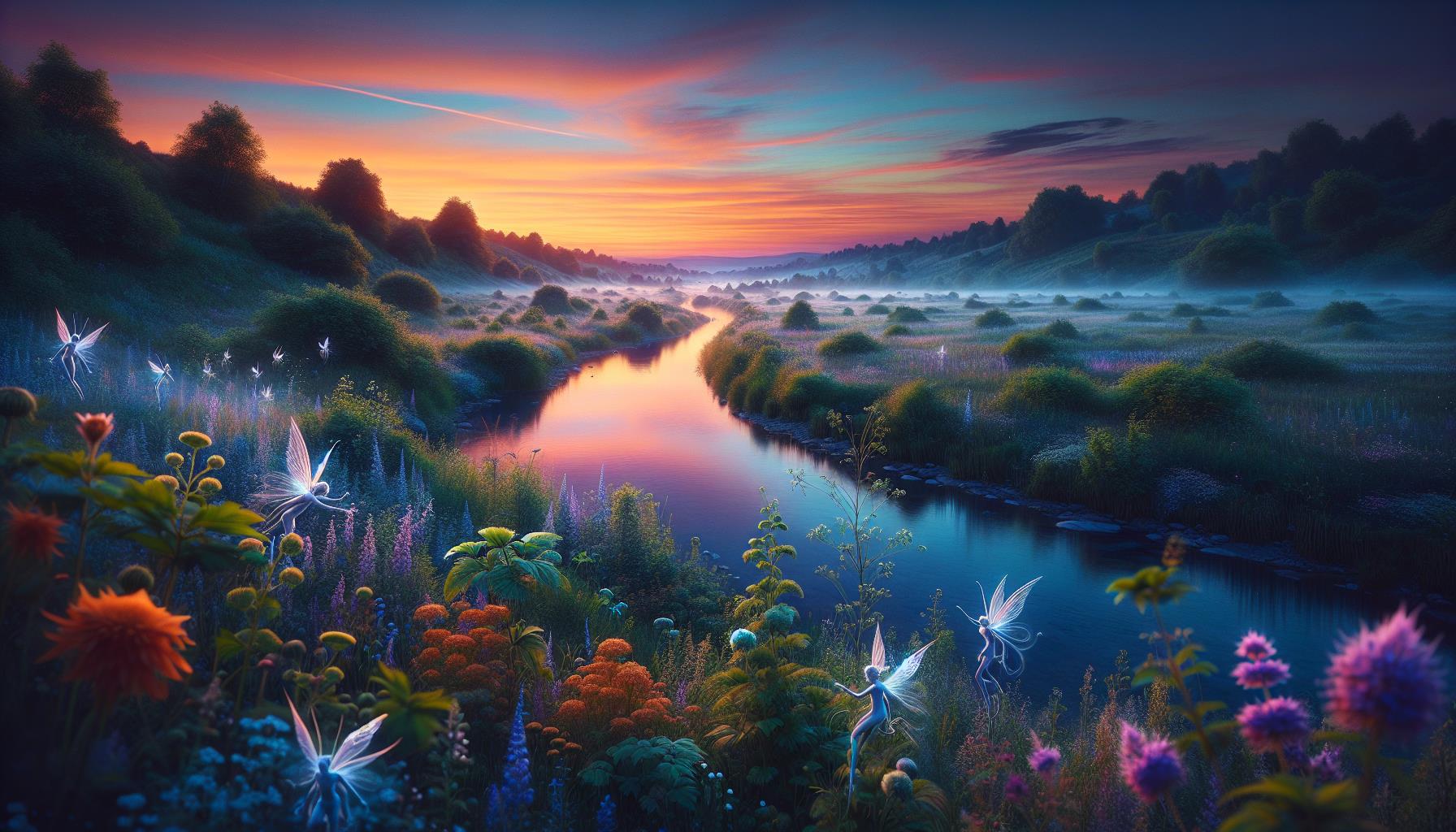The Intersection of AI and Art: A New Frontier in Creative Expression
The Evolution of AI in the Artistic Realm
The integration of Artificial Intelligence (AI) into the art world has sparked a fascinating evolution in how we perceive and create art. With the advent of generative AI technologies, artists and technologists are exploring new frontiers of creativity. As highlighted in a recent MIT News article, the use of generative AI in art is not just about the technology itself but how it redefines the creative process. The collaboration between AI and human creativity is producing unprecedented forms of artistic expression, challenging our traditional notions of artistry and authorship.
Generative AI models like AGImageAI have become tools for artists to experiment with, offering a wide range of improvements in image realism and accuracy. These advancements have led to a polarized debate within the art community about the legitimacy of AI-generated art. Is it a genuine form of artistic expression, or does it undermine the value of human creativity? This debate touches on deeper questions about the role of technology in art and the nature of creativity itself.
Legal and Ethical Considerations in AI-Generated Art
The rise of AI-generated art has also raised important legal and ethical questions. As discussed in the Harvard Gazette, the emergence of AI-image generators has stirred controversy over whether art produced by artificial intelligence should be considered real art. This debate extends to the potential impact of AI on copyright laws and the rights of artists. The legal framework surrounding AI-generated art is still evolving, and how existing laws are interpreted or reformed will have significant consequences for the future of creative work.
Moreover, the use of AI in art challenges our understanding of authorship and originality. The collaborative nature of AI-generated art, where both the AI and the human artist contribute to the final piece, complicates traditional notions of artistic ownership. This raises questions about the value we assign to art and the criteria we use to judge its authenticity and originality.
The Art World’s Technological Boom: AI as the New Normal
The integration of AI into the art world is not just a passing trend but is becoming the new normal. As reported by The Art Newspaper, digital artists have been working with AI since as early as 2015, developing works that employ neural networks to create complex and captivating visuals. This technological boom is changing the industry, pushing the boundaries of what is possible in art and how we engage with it.
The potential of AI to transform creative work is immense. AI-generated art is already making its mark on the art world, from gallery exhibitions to online platforms. This shift towards AI-driven creativity is not without its challenges, but it also opens up new possibilities for artists to explore and express their visions in ways that were previously unimaginable.
AI-Generated Art: Transforming Creative Work
The impact of AI-generated art on creative work is profound. According to The New York Times, AI is not only changing how art is made but also how it is perceived by audiences. The ability of AI to generate art that resonates with people challenges the notion that only human-made art can evoke emotional responses. This highlights the potential of AI to become a valuable tool in the artist’s toolkit, offering new ways to engage with and interpret the world around us.
AI-generated art also has practical implications for the art industry. It can help artists overcome creative blocks, explore new aesthetic territories, and even reach wider audiences. The democratization of art through AI technologies means that more people can participate in the creative process, regardless of their artistic skills. This could lead to a more inclusive and diverse art world, where the barriers to entry are lowered, and creativity is accessible to all.
Embracing AI in Art: A Call to Traditional Artists
The Washington Post argues that AI in art should not be seen as a threat to traditional artists but as an opportunity for exploration and growth. The advent of AI-generated art does not diminish the value of human creativity; rather, it expands the canvas on which artists can paint their ideas. Traditional artists are encouraged to embrace AI as a tool that can enhance their work, opening up new avenues for artistic expression and innovation.
As AI continues to evolve, the collaboration between humans and machines will likely become more nuanced and sophisticated. The future of art lies in the intersection of technology and human creativity, where AI serves as a catalyst for new forms of expression. By embracing AI, traditional artists can participate in shaping this future, ensuring that the art world remains vibrant, diverse, and continually evolving.
The Future of AI and Art
The integration of AI into the art world represents a significant shift in how we understand and create art. As we navigate this new landscape, it is essential to engage in thoughtful discussions about the implications of AI-generated art for society, the legal system, and the art community. The future of AI and art is not without its challenges, but it also holds the promise of expanding the boundaries of creativity and opening up new possibilities for artistic expression.
As AI technologies continue to advance, the collaboration between human artists and AI will likely lead to even more innovative and captivating works of art. The journey of AI in art is just beginning, and its full potential is yet to be realized. What is clear, however, is that AI has already become an integral part of the art world, transforming not only how art is made but also how it is experienced by audiences around the globe.
